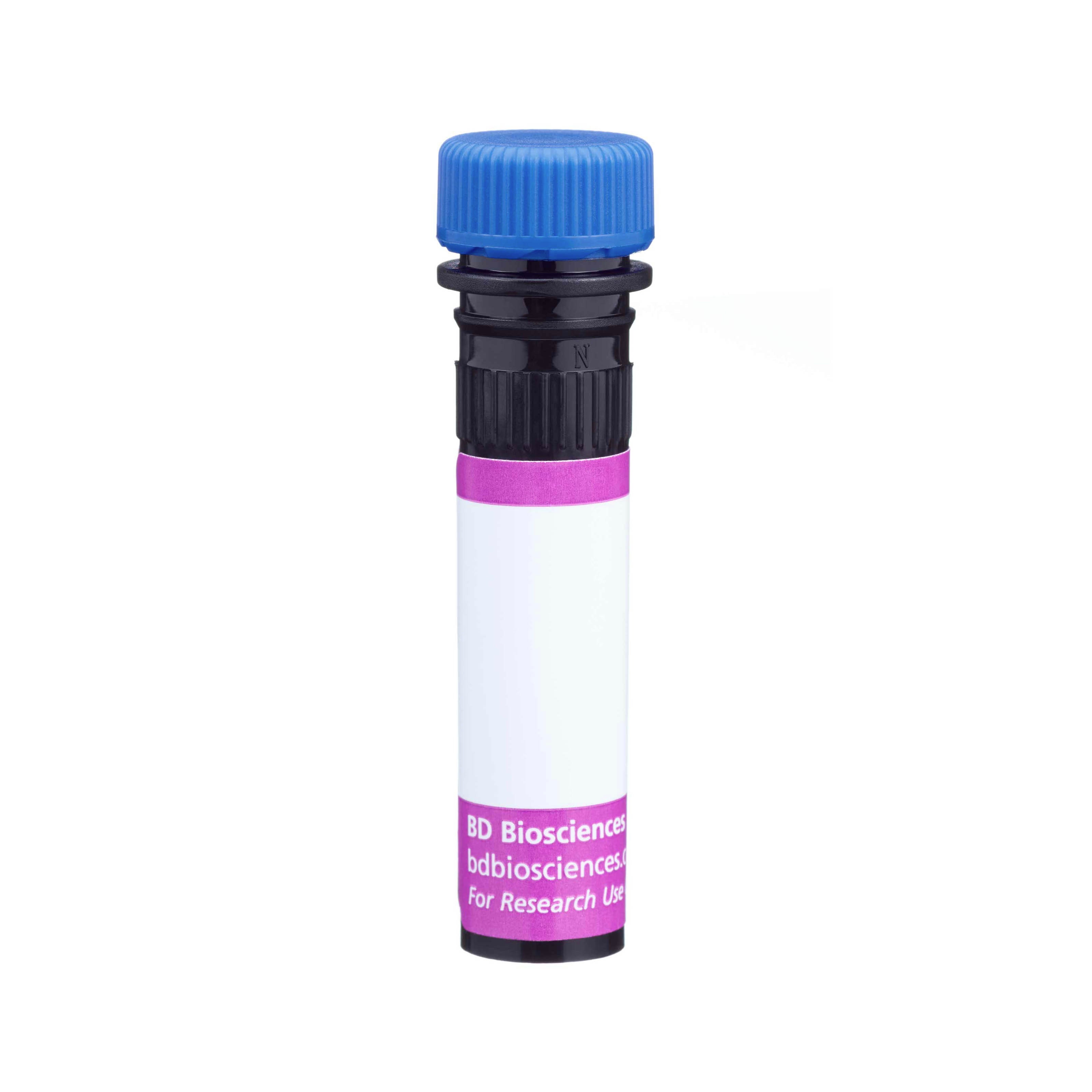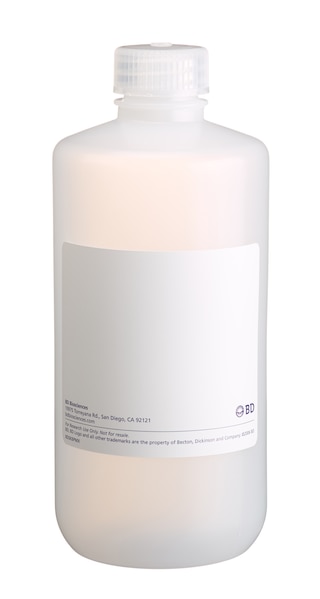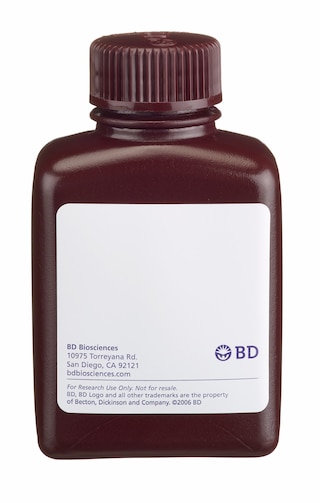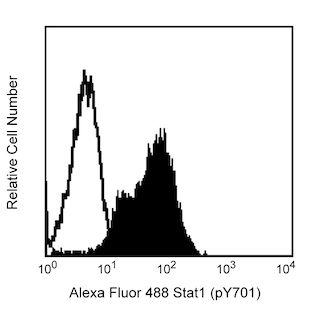-
Training
- Flow Cytometry Basic Training
-
Product-Based Training
- BD FACSDiscover™ S8 Cell Sorter Product Training
- Accuri C6 Plus Product-Based Training
- FACSAria Product Based Training
- FACSCanto Product-Based Training
- FACSLyric Product-Based Training
- FACSMelody Product-Based Training
- FACSymphony Product-Based Training
- HTS Product-Based Training
- LSRFortessa Product-Based Training
- Advanced Training
-
- BD FACSDiscover™ S8 Cell Sorter Product Training
- Accuri C6 Plus Product-Based Training
- FACSAria Product Based Training
- FACSCanto Product-Based Training
- FACSLyric Product-Based Training
- FACSMelody Product-Based Training
- FACSymphony Product-Based Training
- HTS Product-Based Training
- LSRFortessa Product-Based Training
- United States (English)
-
Change country/language
Old Browser
This page has been recently translated and is available in French now.
Looks like you're visiting us from {countryName}.
Would you like to stay on the current country site or be switched to your country?




Flow cytometric analysis of GATA3 expression (left and center panels) . Comparison of GATA3 expression in human T and B cell lines (left panel). Cells from the Jurkat (Acute T cell leukemia, ATCC TIB-152; solid line histogram) and Ramos (Burkitt's lymphoma, ATCC CRL-1596; dashed line histogram) cell lines were fixed (10 min, 37ºC) with pre-warmed BD Cytofix™ Buffer (Cat. No. 554655) and then permeabilized (on ice, 30 min) with BD Phosflow™ Perm Buffer III (Cat. No. 558050). The cells were washed with BD Pharmingen™ Stain Buffer (FBS) (Cat. No. 554656) and stained with BD Horizon™ BV421 Mouse Anti-GATA3 antibody (Cat. No. 563349). The fluorescence histograms were derived from gated events with the forward and side light-scatter characteristics of intact cells. Flow cytometric analysis was performed using a BD™ LSR II Flow Cytometer System. Comparison of GATA3 expression in mouse Th1 and Th2 cells (center panel). Cloned D10.G4.1 Th2 lymphoblasts (ATCC TIB-224; solid line histogram) and 2D6 Th1 cells (dashed line histogram) were similarly fixed, permeabilized, stained with BD Horizon™ BV421 Mouse Anti-GATA3 antibody and analyzed by flow cytometry. Immunofluorescent analysis of Gata-3 expression by human cells (right panel). Cultured cells from the MCF7 cell line (ATCC HTB-22) were fixed with BD Cytofix™ Fixation Buffer (Cat. No. 554655), permeabilized with BD Phosflow™ Perm Buffer III (Cat. No. 558050), and blocked with 5% goat serum, 1% BSA, and 0.5% Triton™ X-100 diluted in PBS. Cells were stained with BD Horizon™ BV421 Mouse Anti-GATA3 antibody (Cat. No. 563349, pseudo-colored red) and Alexa Fluor® 488 Mouse Anti-E-cadherin antibody (Cat. No. 560061, pseudo-colored green). DRAQ5 was used as a nuclear counterstain (Cat. No. 564902/564903, pseudo-colored blue). Images were captured on a standard four laser confocal microscope. Original magnification, 40x.


BD Horizon™ BV421 Mouse Anti-GATA3

Regulatory Status Legend
Any use of products other than the permitted use without the express written authorization of Becton, Dickinson and Company is strictly prohibited.
Preparation And Storage
Recommended Assay Procedures
For optimal and reproducible results, BD Horizon Brilliant™ Stain Buffer should be used anytime BD Horizon Brilliant™ dyes are used in a multicolor flow cytometry panel. Fluorescent dye interactions may cause staining artifacts which may affect data interpretation. The BD Horizon Brilliant Stain Buffer was designed to minimize these interactions. When BD Horizon Brilliant Stain Buffer is used in in the multicolor panel, it should also be used in the corresponding compensation controls for all dyes to achieve the most accurate compensation. For the most accurate compensation, compensation controls created with either cells or beads should be exposed to BD Horizon Brilliant Stain Buffer for the same length of time as the corresponding multicolor panel. More information can be found in the Technical Data Sheet of the BD Horizon Brilliant Stain Buffer (Cat. No. 563794/566349) or the BD Horizon Brilliant Stain Buffer Plus (Cat. No. 566385).
Product Notices
- This reagent has been pre-diluted for use at the recommended Volume per Test. We typically use 1 × 10^6 cells in a 100-µl experimental sample (a test).
- An isotype control should be used at the same concentration as the antibody of interest.
- Caution: Sodium azide yields highly toxic hydrazoic acid under acidic conditions. Dilute azide compounds in running water before discarding to avoid accumulation of potentially explosive deposits in plumbing.
- Source of all serum proteins is from USDA inspected abattoirs located in the United States.
- Pacific Blue™ is a trademark of Molecular Probes, Inc., Eugene, OR.
- For fluorochrome spectra and suitable instrument settings, please refer to our Multicolor Flow Cytometry web page at www.bdbiosciences.com/colors.
- BD Horizon Brilliant Stain Buffer is covered by one or more of the following US patents: 8,110,673; 8,158,444; 8,575,303; 8,354,239.
- BD Horizon Brilliant Violet 421 is covered by one or more of the following US patents: 8,158,444; 8,362,193; 8,575,303; 8,354,239.
- Triton is a trademark of the Dow Chemical Company.
- Alexa Fluor® is a registered trademark of Molecular Probes, Inc., Eugene, OR.
- Please refer to www.bdbiosciences.com/us/s/resources for technical protocols.
Companion Products






GATA3 (GATA binding protein 3) is a member of the GATA family of transcription factors. This ~50-kDa nuclear protein regulates the development and subsequent maintenance of multiple tissues. GATA3 is involved in the development of T lymphocytes (regulates T cell receptor subunit gene expression) and the differentiation of mature T cells to become Th2 cells. The expressed levels of normal or mutant GATA3 are also associated with the behaviors of various cancer cells including estrogen receptor-positive breast carcinoma cells.
The L50-823 monoclonal antibody recognizes human and mouse GATA3.

Development References (11)
-
Asselin-Labat M-L, Sutherland KD, Barker H, et al. Gata-3 is an essential regulator of mammary-gland morphogenesis and luminal-cell differentiation. Nat Cell Biol. 2006; 9:201-209. (Biology).
-
Delgoffe GM, Pollizzi KN, Waickman AT, et al. The kinase mTOR regulates the differentiation of helper T cells through the selective activation of signaling by mTORC1 and mTORC2. Nat Immunol. 2011; 12(4):295-303. (Clone-specific: Flow cytometry). View Reference
-
Kouros-Mehr H, Slorach EM, Sternlicht MD, Werb Z. GATA-3 maintains the differentiation of the luminal cell fate in the mammary gland. Cell. 2006; 127:1041-1055. (Biology).
-
Lesourne R, Uehara S, Lee J, et al. Themis, a T cell-specific protein important for late thymocyte development. Nat Immunol. 2009; 10(8):840-847. (Clone-specific: Flow cytometry). View Reference
-
Marine J, Winoto A. The human enhancer-binding protein Gata3 binds to several T-cell receptor regulatory elements. Proc Natl Acad Sci U S A. 1991; 88(16):7284-7288. (Biology).
-
Miyamoto H, Izumi K, Yao JL, et al. GATA binding protein 3 is down-regulated in bladder cancer yet strong expression is an independent predictor of poor prognosis in invasive tumor. Hum Pathol. 2012; 43(11):2033-2040. (Clone-specific: Immunohistochemistry). View Reference
-
Steenbergen RDM, OudeEngberink VE, Kramer D, et al. Down-regulation of GATA-3 expression during human papillomavirus-mediated immortalization and cervical carcinogenesis. Am J Pathol. 2002; 160(6):1945-1951. (Biology). View Reference
-
Usary J, Llaca V, Karaca G, et al. Mutation of GATA3 in human breast tumors. Oncogene. 2004; 23(46):7669-7678. (Biology). View Reference
-
Yang Z, Gu L, Romeo P-H, et al. Human GATA-3 trans-activation, DNA-binding, and nuclear localization activities are organized into distinct structural domains. Mol Cell Biol. 1994; 14(3):2201-2212. (Biology). View Reference
-
Zheng W, Flavell RA. The transcription factor GATA-3 is necessary and sufficient for Th2 cytokine gene expression in CD4 T cells. Cell. 1997; 89(4):587-596. (Biology). View Reference
-
van Esch H, Groenen P, Nesbit MA, et al. GATA3 haplo-insufficiency causes human HDR syndrome. Nature. 2000; 106:419-422. (Biology). View Reference
Please refer to Support Documents for Quality Certificates
Global - Refer to manufacturer's instructions for use and related User Manuals and Technical data sheets before using this products as described
Comparisons, where applicable, are made against older BD Technology, manual methods or are general performance claims. Comparisons are not made against non-BD technologies, unless otherwise noted.
For Research Use Only. Not for use in diagnostic or therapeutic procedures.
Report a Site Issue
This form is intended to help us improve our website experience. For other support, please visit our Contact Us page.